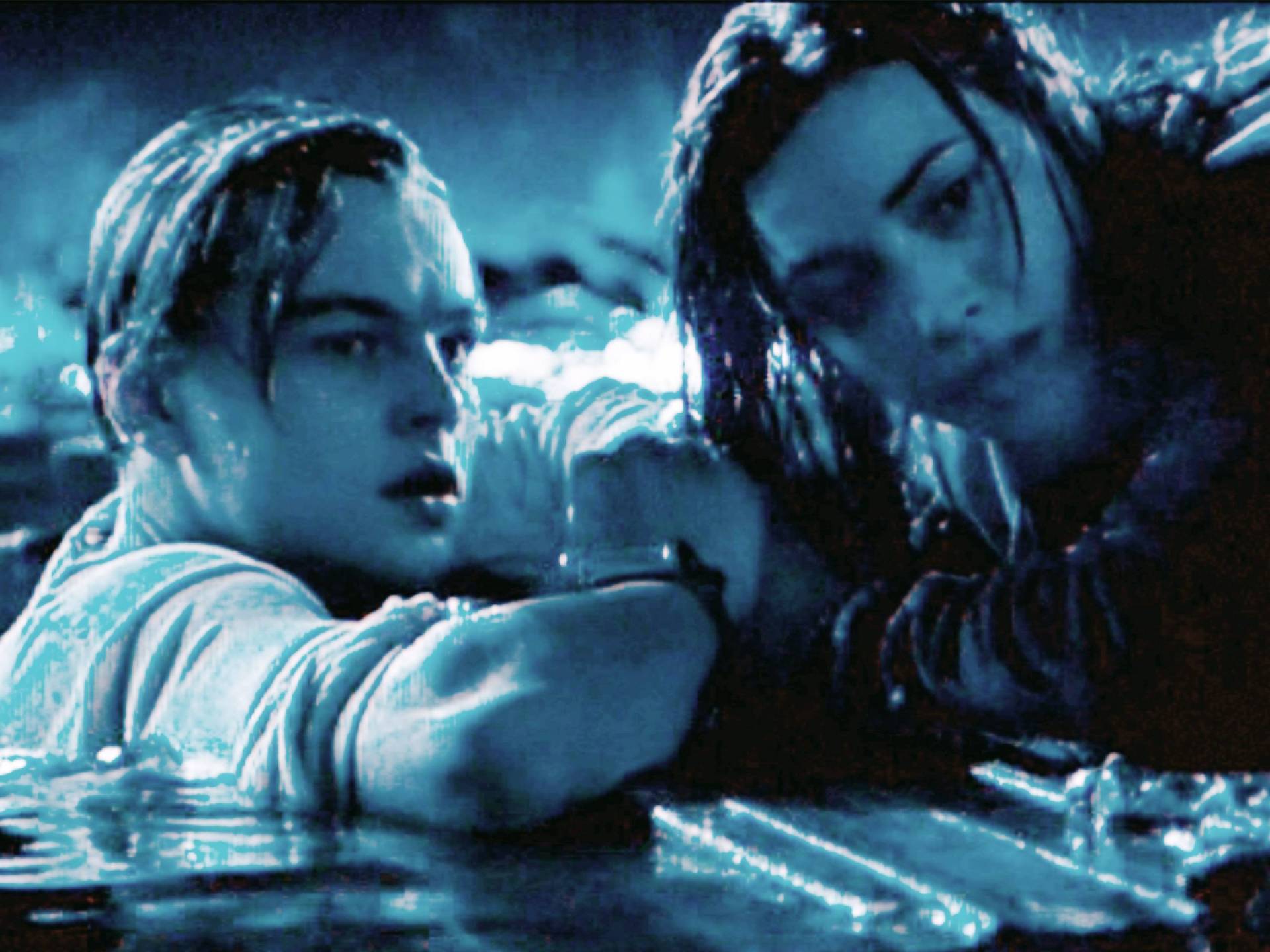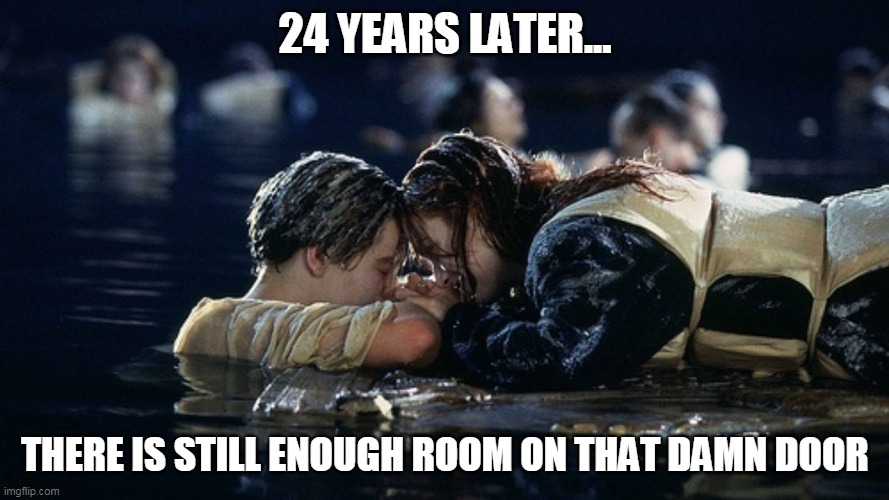“There has been a generational shift to where these massive franchises and blockbusters of the 1980s and 1990s — the Home Alones, the Indiana Jones films, the Die Hards and, of course, Titanic — are now collectors’ favorites,” Executive Vice President Joe Maddalena said in a statement provided to NPR. “Collectors are finally rewarding these artifacts as what they are: cultural artifacts akin to the fine art of old.”
Five of the top lots came from Titanic, including the ship’s helm wheel ($200,000), Rose’s waterlogged chiffon dress ($118,750) and the ship’s brass engine order telegraph ($81,250) — another sign that the public’s fascination with the century-old shipwreck isn’t going anywhere.
The prop is modeled on a real-life structure
The 8-foot-long, 41-inch-wide floating hunk of wood is made of balsa and intricately carved with rococo motifs like floral accents and scrolling curves, according to the auction house.
A plaque on the back of it reads: “Leonardo DiCaprio / Kate Winslet / ‘Titanic’ / Twentieth Century Fox / Paramount Pictures, 1997 / Floating panel that he uses to save her life in the sinking sequence of the film, in their roles as ‘Jack Dawson’ and ‘Rose DeWitt Bukater’. Courtesy of Twentieth Century Fox.”
Heritage Auctions says the prop was based on the “most famous complete piece of debris from the 1912 tragedy,” which is believed to be part of the door frame just above the first-class lounge entrance.



9(MDAxOTAwOTE4MDEyMTkxMDAzNjczZDljZA004))

